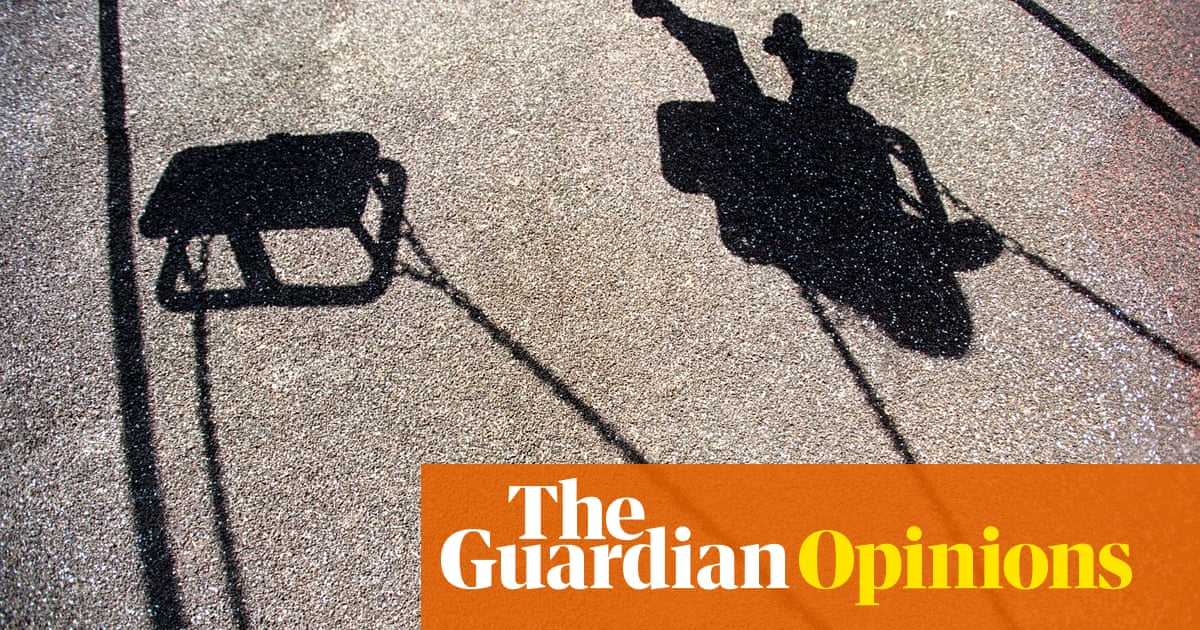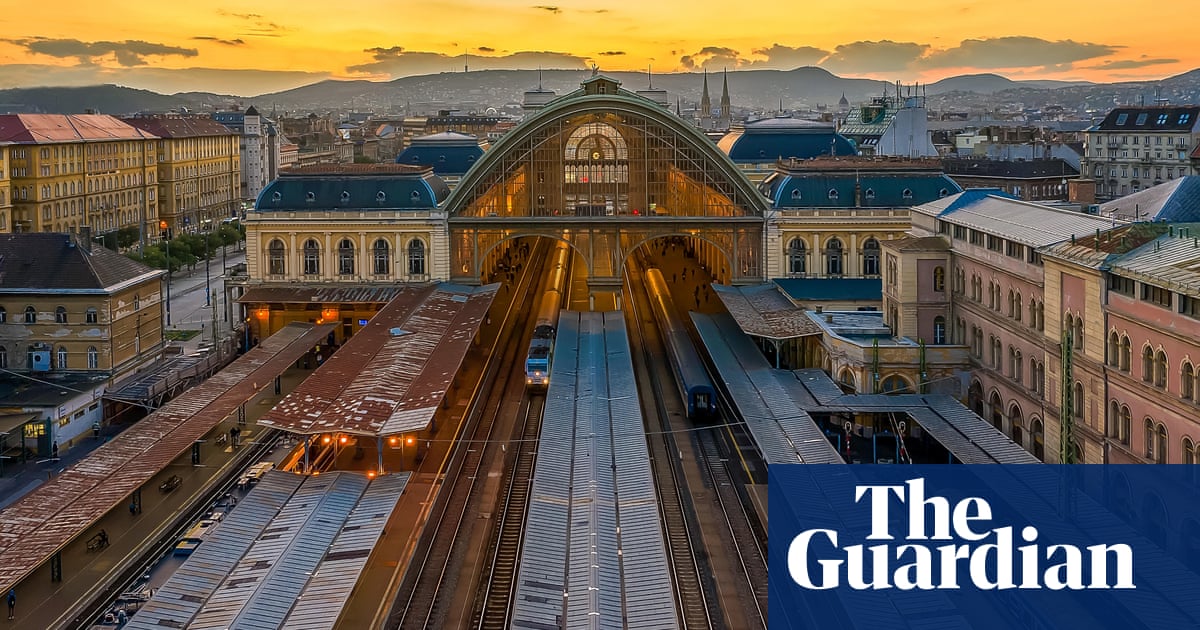
Graz truly is a tale of two cities. The old town lies on the east bank of the River Mur under the lee of the tree-covered Schlossberg. The hill was a medieval fortress until an irate Napoleon demanded its walls be destroyed by the inhabitants; around its base, a harmonious blend of historic architecture ranging from Franciscan simplicity to Habsburgian splendour now houses a well-heeled commercial centre. Until a generation ago, the east bank’s inhabitants rarely felt the need to venture west, and those who lived on the less fancy side of the river were equally self contained, with their own market, the Lendplatz, and their own green space, the Volksgarten; the old city had its opera, but they had a vaudeville theatre, the Orpheum.
Then 20 years ago, a “friendly alien” landed on its west bank – the Kunsthaus, the modern art museum designed by architects Peter Cook and Colin Fournier – and the area around it was transformed. Today the bridges across the Mur stream with foot traffic, the most eyecatching of them the floating island built in 2003 and a testament to Graz’s identity as a design city. Evidence of the city’s reforged creativity can also be found in its shop windows, particularly in the neighbourhood around the Lendplatz where a can-do, community-minded spirit spawns innovative businesses and social enterprises. At tag werk, accessories are designed and crafted by the previously unemployed; at Bo Suppe the owner sells hot soup direct from the window of his home kitchen.
There has been an influential school of architecture here since the 1970s, and its streets remain stippled with surprises, like Zaha Hadid’s many-eyed Argos building, or the mirror-wrap that helps blend a former concrete telecoms block into its surroundings. Even the Schlossberg itself is decorated with ever-more modern additions, from the steep funicular built in 1894 to the F1 car suspended next to it courtesy of Helmut Marko, former racing driver and owner of the adjacent “art hotel”. One of the best ways to appreciate the way the city first clustered then grew from its medieval beginnings is to stand among the rooftops on the terrace cafe of the Kastner and Öhler department store.
But Graz has more claim to fame than just its buildings: it is also Austria’s officially designated culinary capital, thanks to its enviable location surrounded by the bountiful farms, fields, orchards and vineyards of the Styrian province. Local and sustainable are taken as read here; the easy availability of hand-cured meats, artisanal breads and cheeses, apples, pears, nuts, mustards and chutneys have turned the city into a foodie’s dream, and the region’s celebrated pumpkin seed oil can be found in everything from salad dressings to ice-cream; someone has even created a cream liqueur out of it (looks revolting, tastes great).
Where to eat and drink
Locals often begin their day with a visit to one of the two farmers’ markets where the stalls groan with the freshest of veg, the prettiest of cheeses, and the darkest of hams. Neat kiosks surrounding the squares have plenty to keep shoppers refreshed as they browse, from the coffee and prosciutto at Macello (in Lendplatz) to the sweet, yeasty strietzel at Martin Auer (Kaiser-Joseph-Platz). If you miss the markets, which close at noon, the sampling rooms at Gut Schlossberg offer thousands of Styrian products to taste and buy.
Non-carnivores are particularly well served in Graz, which hosts the highest number of vegetarian and vegan restaurants in Austria – including the popular buffet at Mangolds, and vegan ice-cream parlour Die Eisperle. Contemporary Austrian cuisine is elegantly expressed at Landhauskeller, and its buzzy courtyard bar makes it one of the most compelling venues in the old town. Classic regional dishes – from backhendl, a moreish fried chicken, to beetle beans, named for their red speckles – can be enjoyed in the taverns or tried as small plates in the more modern setting of Der Steirer (be warned, the backhendl isn’t that small). Der Steirer’s wine shop also showcases a huge selection of local wines, from the ubiquitous welschriesling to Styria’s stellar sauvignon blanc, which sells for huge mark-ups in restaurants around the world but can be enjoyed here at source for a snip. And in Lend, don’t miss Die Scherbe, a delightful local hangout that has just opened an organic shop next door specialising in hyper-local specialities.
Culture
Graz excels at making modern art and design feel accessible for everyone – even the Minorite monastery has a cutting-edge gallery, Kultum, within its walls. The Kunsthaus, whose weird protuberances prompted horror when first revealed, has become a beloved symbol of the city and its dark-belly interior makes the exhibitions are a truly immersive experience – the top floor also offers a great view out over the old city. On a more intimate scale, the studio-gallery ROTOR, run by two curators Margarethe Makovec and Anton Lederer, introduces and promotes lesser-known artists to the public. The futuristic sinkholes at the Neutorgasse that look like portals to an infernal dimension are actually the entrance to the Universalmuseum Joanneum. The oldest museum in Austria was redesigned for its bicentennial in 2011 and three of its most compelling collections can all be found in one place – the Neue Galerie of modern art, the natural history museum, and a colourful hands-on science centre for children whose interactive elements are in both German and English.
Graz has, in the past, proudly advertised itself as a “Mozart-free zone” but it still has a thriving classical tradition. Its conservatoire is, however, particularly famous for its jazz department, a legacy of the Allied forces’ stay here after the second world war, and you can hear impressive student bands play weekly at Miles Jazzbar, a suitably cavernous underground den, or catch local and touring acts at Café Stockwerk. For something completely different, check out Cafe Wolf on Annenstrasse, whose wood-panelled interior plays host to an eclectic range of rock and electronica.
Outdoor space
Plenty of Graz residents boast of climbing the 260 steps of the Schlossberg every day, taking their exercise on the way back and forth from the public park at its summit. The Stadtpark that lies behind it offers a more relaxing stroll, not least because it’s entirely flat. This 22-hectare (54-acre) green retreat from the vibrant downtown is a favourite of picnicking families, and of napping students. On the weekend, the quiet streets of the neighbouring university quarter offer a number of decent brunch spots, from the uber-healthy soul bowls at Parks Art, to the “breakfast club” at Café Fotter, which has been serving customers since the 1930s – on a sunny day, everyone forgoes its cosy rooms for the secret rose garden out the back. There’s also an outlet of Harry’s Ice Cream, which serves some of the best in the city.
Visit again in the evening, and the bars and restaurants come alive, while MUMUTH, the university’s award-winning performing arts theatre, stages concerts and musicals. There’s a good selection of world cuisine among the student-favourite hangouts, or serious steak with a side helping of live music at Thomawirt; be ready for the nightlife to go on late.
Where to stay
Many hotels and restaurants on the west bank of the Mur occupy old coaching inns dating back to the Austro-Hungarian empire, their courtyards transformed into gardens or covered over to become atrium-style restaurants. The Grand Hôtel Wiesler (doubles from €115, breakfast extra), on the river’s edge, combined a number of these properties in the late 19th century. A splendid art nouveau mosaic near the reception nods to its origins but recent refurbishment has transformed the interior into a thoroughly contemporary prospect, with a quality restaurant, Salon Marie, a Turkish bath, and e-Vespas for hire. Within moments of the old town and the Kunsthaus alike, its location is unparalleled – except by its sister hotel Das Weitzer (doubles from €115, breakfast extra), further along the road and also on the Mur, which incorporates its own traditional coffeehouse.












